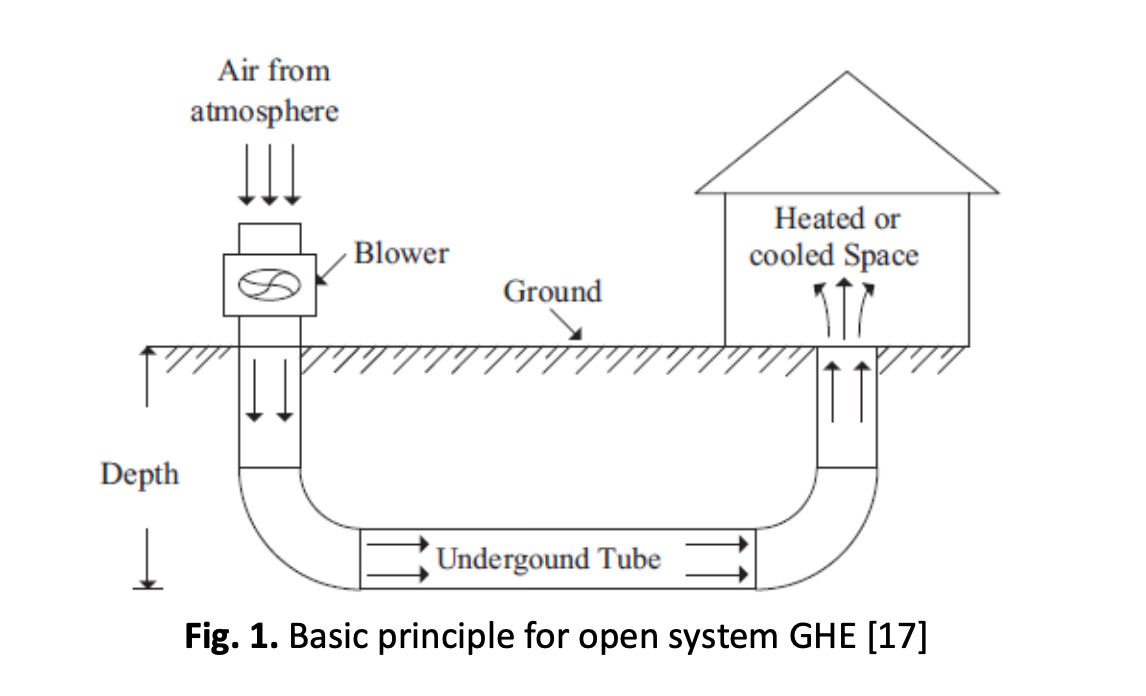Performance Study of Ground Heat Exchanger Based on Thermal Conductivity of Hybrid Soil
DOI:
https://doi.org/10.37934/arfmts.99.2.94107Keywords:
GHE performance, hybrid soil, thermal conductivity, bentoniteAbstract
The need for renewable energy sources has grown as the world has significantly changed, and fossil fuels have been used extensively in global perspective. As a result, renewable energy has replaced fossil fuels in many places around the world because it is better for the environment. Geothermal energy is the most efficient way to heat and cool space from all renewable energy sources. Geothermal renewable energy, in particular from ground heat exchangers (GHE), has enormous potential for use in construction (building). In order for the GHE to function appropriately (efficiently), it is critical (better) to have sufficient quantities of backfilling material. This material is used to fill the gap between the soil surrounding. The heat transfer rate from the air to the soil, which is controlled by thermal characteristics of the soil near the GHE pipe, determines the thermal performance of the GHE. Using some backfilling materials that have been thermally improved, the thermal properties of the soil around the GHE pipe can be improved as well. Therefore, the current study examines the impact of hybrid soils without moisture on the GHE performance. The hybrid soils comprise of two components: native soil and bentonite. A thermal property analyzer was used to measure the thermal conductivity of the hybrid soil. According to the study, compared to other grain sizes, native soil with a grain size of 2.0 to 2.5mm has the highest thermal conductivity value at 20% bentonite, which is 0.331 W/m.K. The effectiveness of the GHE system was assessed using a mathematical model, demonstrating that the GHE has significantly reduces temperatures along pipes with length of 0 to 16m. In a nutshell, once the thermal conductivity of hybrid soil increases, the performance of GHE will improve.
Downloads
































